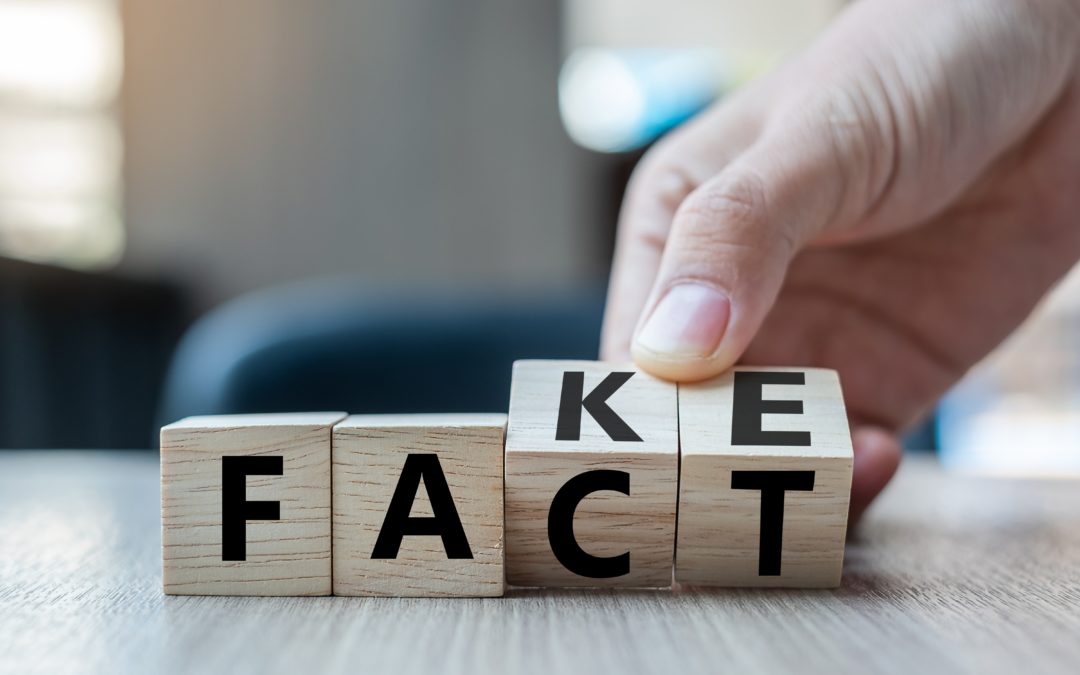In today’s world, it’s more important than ever to be able to recognize “fake news.” With the advent of social media, anyone can be a publisher, and that means that not all information out there is accurate. Once TrueNews.Global launches, it will be easy to find facts, evidence and news in a single place. Until then, here are six tips to help you weed out the fake from the facts.
Be Skeptical of Headlines
We’ve all seen those headlines that are designed to shock us and make us click. Take a step back and evaluate it objectively. Is it really as unbelievable as it seems? In most cases, the answer is no.
Read the article
Furthermore, it is important to take a moment to actually read the story for yourself rather than relying on headlines or the comment section to fill you in. Poorly written headlines, whether intentionally or unintentionally, can lead readers to draw certain conclusions without clicking the link. If this conclusion is incorrect, the reader is likely going to misinform others regarding the topic.
Consider the tone
Fake news stories often rely on sensationalism and fear-mongering to drive pageviews and, as a result, revenue. It is worth noting that news stories can be engaging and factual without added bias or sensationalism, however, this is more common with lighter topics, features and descriptive long-form pieces, rather than breaking news. When it comes to hot topics especially, hard news stories are, in comparison, less exciting. This is because they focus strictly on facts rather than feelings or commentary.
Check Your Sources
One of the most important things you can do when trying to determine whether or not something is “fake news” is to check your sources. Make sure that you’re reading from a reputable source that has a history of accuracy. If you’re unsure, there are numerous fact-checking tools available.
See if More Than One Site Is Reporting It
If you see a story that sounds too good (or bad) to be true, do a quick Google search to see if other sites are reporting it. If you only see it on one site, that’s a huge red flag. Real news stories will be picked up by multiple outlets.
Check the URL
When you’re on a website, take a look at the URL. Does it look odd? Are there extra letters or numbers in it? Those are both signs that you’re not on a legitimate website. Another thing to look for is missing photos or graphics. Reputable news websites take pride in their design and style, so if something looks off, it probably is.
Remember these tips next time you come across something online that makes you go, “Hmmm…” or provokes a strong emotional reaction. If there is any question in your mind about whether or not a story is true, take the time to double (and triple) check rather than taking it at face value and sharing it with others.
BONUS TIP
Leverage tools like the ones below to ensure news is legitimate and take a proactive approach to improve your media literacy.
Tools & Resources
- Truth or Fiction? – Seeking truth, exposing fiction
- FactCheck.org – A Project of The Annenberg Public Policy Center
- Media Bias/Fact Check – Search and Learn the Bias of News Media (mediabiasfactcheck.com)
- Fact Check : NPR
- PolitiFact
- Lead Stories
- Fact Check Tools (google.com)
Free Courses
Games

